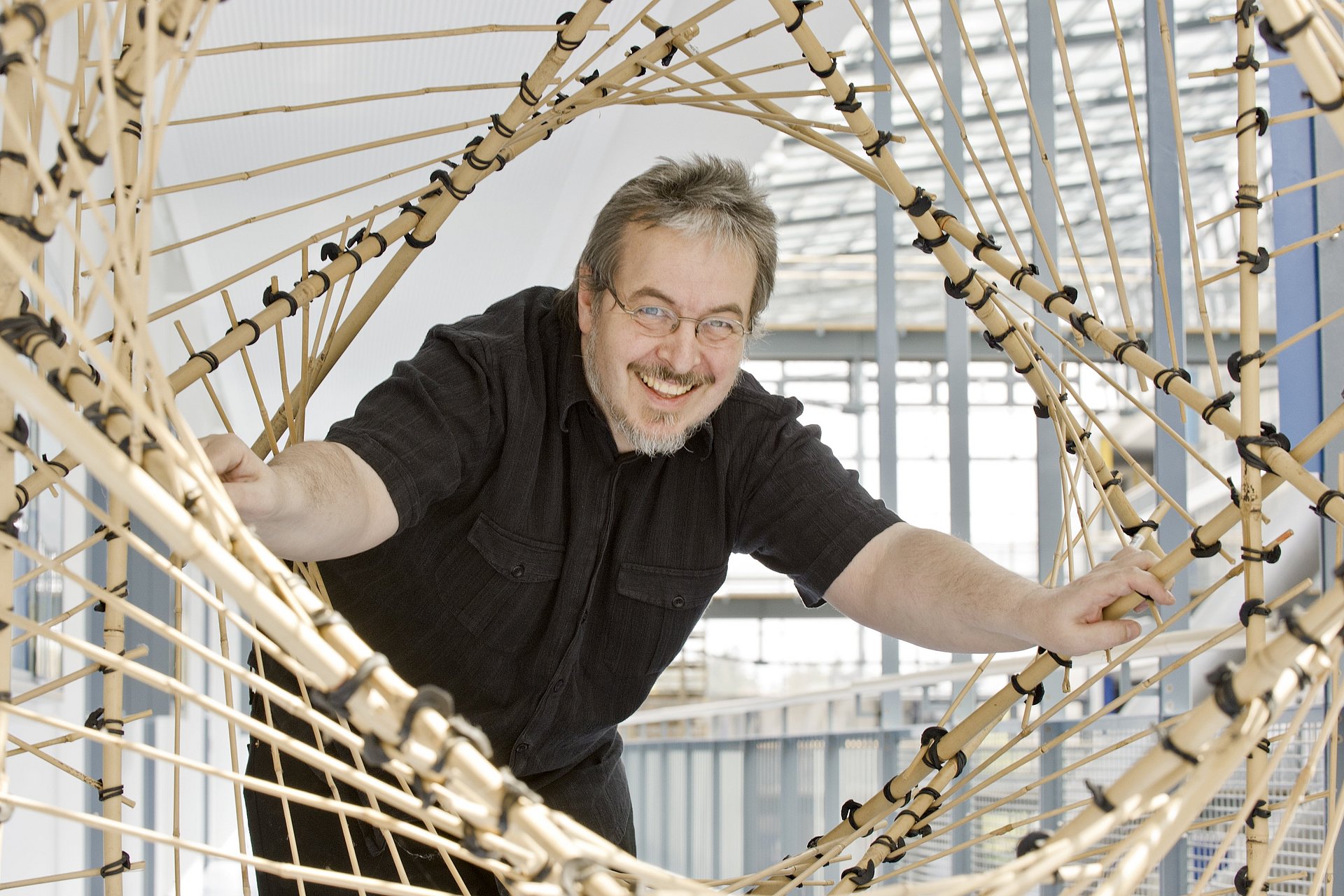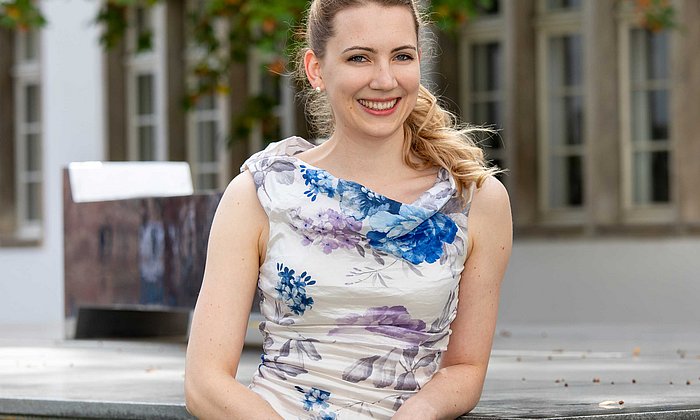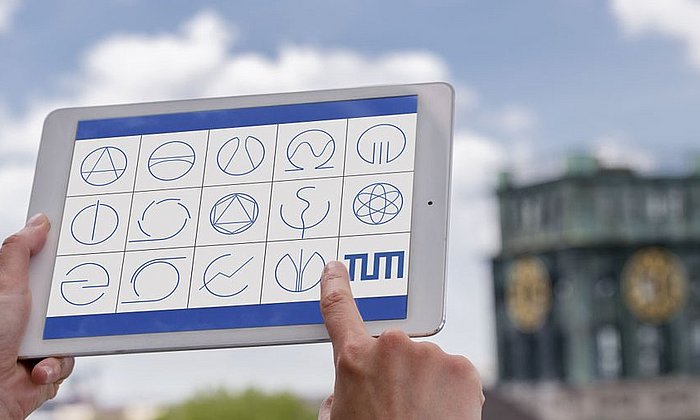Prof. Jürgen Richter-Gebert speaks about the exhibition "La La Lab. The Mathematics of Music"
"Music is usually based on mathematics"
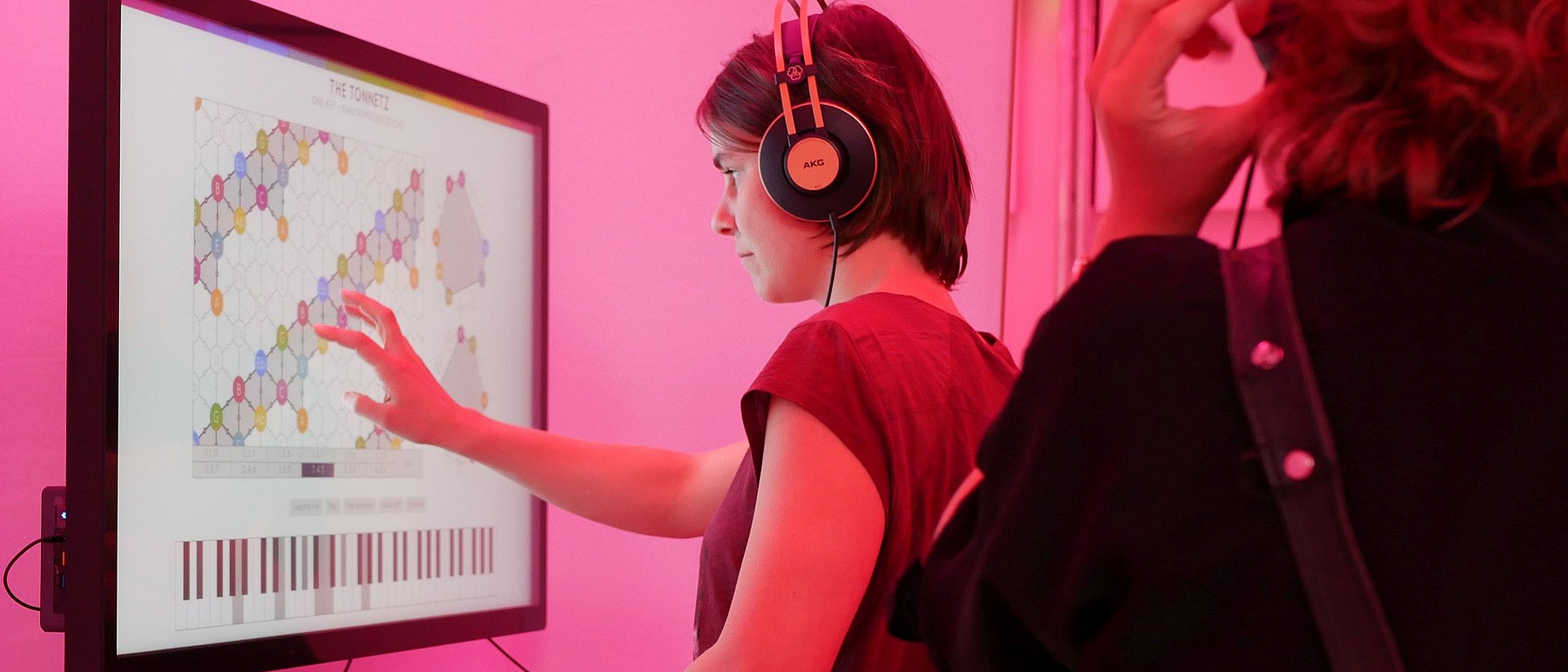
The "La La Lab" exhibition, which opened on Thursday at the Mathematics Informatics Station (MAINS) in Heidelberg, presents fascinating links between music and mathematics – from tools that composers have used for centuries to the latest insights from the world of research. How might artificial intelligence be used in the world of music, for example? Through touchscreen exhibits, 3D printing and projections, visitors can engage in hands-on explorations of musical theory and current trends. Jürgen Richter-Gebert designed five of the 15 interactive computer stations.
„We want people to have fun and be amazed. We want them to have smiles on their faces.”— Jürgen Richter-Gebert, Professor for Geometry and Visualization
Prof. Richter-Gebert, what do you hope visitors will take home with them?
We want people to have fun and be amazed. We want them to have smiles on their faces. We hope that they will stand in front of our exhibits, move the sliders back and forth to see and hear what happens, try out various scenarios, see worlds of sound with their eyes and hear mathematics with their ears. And, in doing so, we hope that they will gain a deeper insight into our theme: the fact that beautiful music is mostly based on mathematics.
Which musical phenomena have a mathematical basis?
It starts with the fact that a sound is actually air in motion – in other words, a vibration. And a vibration is a function of time. Everything I hear can therefore be described in a mathematical function. The question of why certain tones sound good together and others do not was already investigated by Pythagoras and his followers. They studied string instruments and deduced that the sounds of two strings are harmonious when the ratios of the string lengths are equal to those of certain natural numbers. Today we know that the sound of a string is not just a single tone, but rather a series of overtones. That means that, along with the fundamental tone, the frequencies we hear are integer multiples of it. The harmony depends on this so-called frequency spectrum. The fact that many combinations of tones sound unpleasant on bells but are harmonious on other instruments results from the overtone spectrum: It is not pure. The overtone frequencies are multiples of the fundamental frequency – another example of mathematics at work.
How can you present such an abstract topic in an exhibition?
I'm a professor of geometry and visualization. So we've put a lot of optical elements into "La La Lab". We link visual and musical concepts and present the underlying mathematics. The visualization can enhance the perception of music or transform it: When I listen to a piece by Chopin while watching a screen where every note descends visually, the music sounds much sadder. And when I see a piece being played on a piano keyboard and graphically represented as a spiral, I suddenly have a deeper understanding of the music, and have a better sense of what's coming next. The visualization opens up a new dimension.
What motivated you to take part in "La La Lab"?
I love telling people about mathematics. I love music. And I like presenting complex things in ways that inspire people to learn more and dig deeper. The question of how to communicate mathematical ideas in interesting ways has been a special interest of mine for a long time. I've helped to get several exhibitions off the ground in the past, for example "ix-quadrat" at TUM mathematics department. With this kind of exhibition I can present mathematical relationships that many have never seen before. I can also explore new topics and problems: How can I write a program to generate the best possible sounds or draw the straightest line? The search for optimal answers opens up the kind of questions that interest mathematical researchers.
„The technology has to be extremely precise to create good acoustic exhibits.”— Jürgen Richter-Gebert, Professor for Geometry and Visualization.
So you also see your work on exhibitions as research?
Exactly. I think that working on exhibitions and their contents is also research – just as much as writing the necessary software. My exhibits for "La La Lab" are based on the Cinderella-CindyJS geometry software platform that we developed in my department. It is especially suitable for creating interactive content on mathematical topics. For La La Lab, we've added a rather sophisticated sound interface to the platform. But this exhibition topic posed a challenge for us: Music is very sensitive to technology. The smallest inaccuracies can be heard immediately. In graphic-based applications, such differences are not nearly as noticeable. As a result, the technology has to be extremely precise to create good acoustic exhibits.
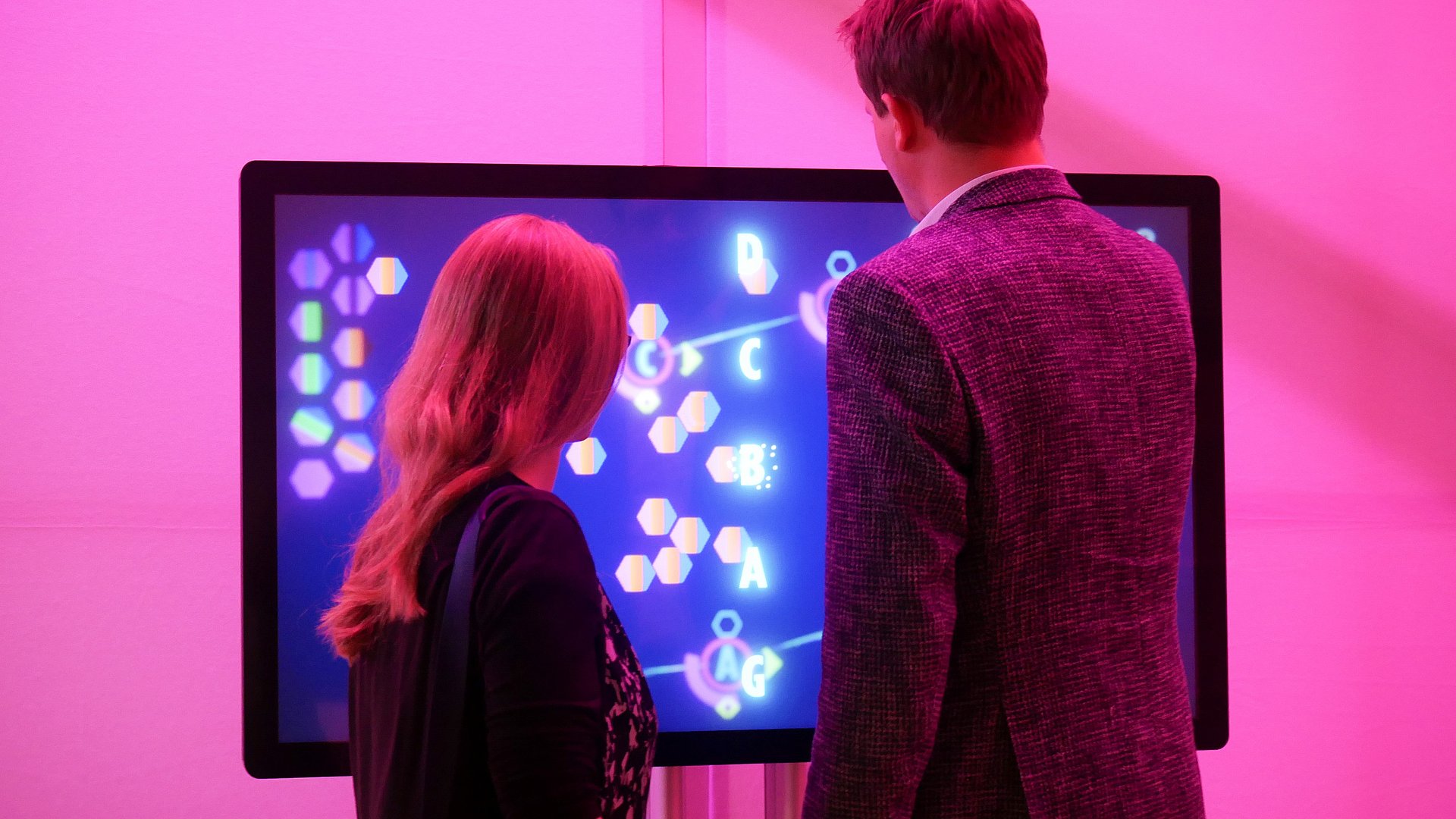
"La La Lab" was initiated by IMAGINARY, an open source platform for interactive mathematics to create content for schools, home use, museums and exhibitions, for example. Jürgen Richter-Gebert played a decisive role in “La La Lab”, along with several other scientific and artistic advisers and artists. Since 2007 he has worked with IMAGINARY on a regular basis to create interactive exhibits, for example at the Deutsches Museum and the Museum for Minerals and Mathematics in Oberwolfach.
“La La Lab” is presented by the Heidelberg Laureate Forum Foundation. The creation of the exhibits and realization of the exhibition was made possible through the support of TUM and funding from the Klaus Tschira Foundation.
High-resolution images for editorial reporting
Technical University of Munich
Corporate Communications Center
- Lisa Pietrzyk
- lisa.pietrzyk@tum.de
- presse@tum.de
- Teamwebsite
Contacts to this article:
Prof. Dr. Jürgen Richter-Gebert
Technical Unicersity of Munich
Chair for Geomatry and Visualization
Tel.: +49 (0)89 / 28 91 83 54
richter@ma.tum.de
